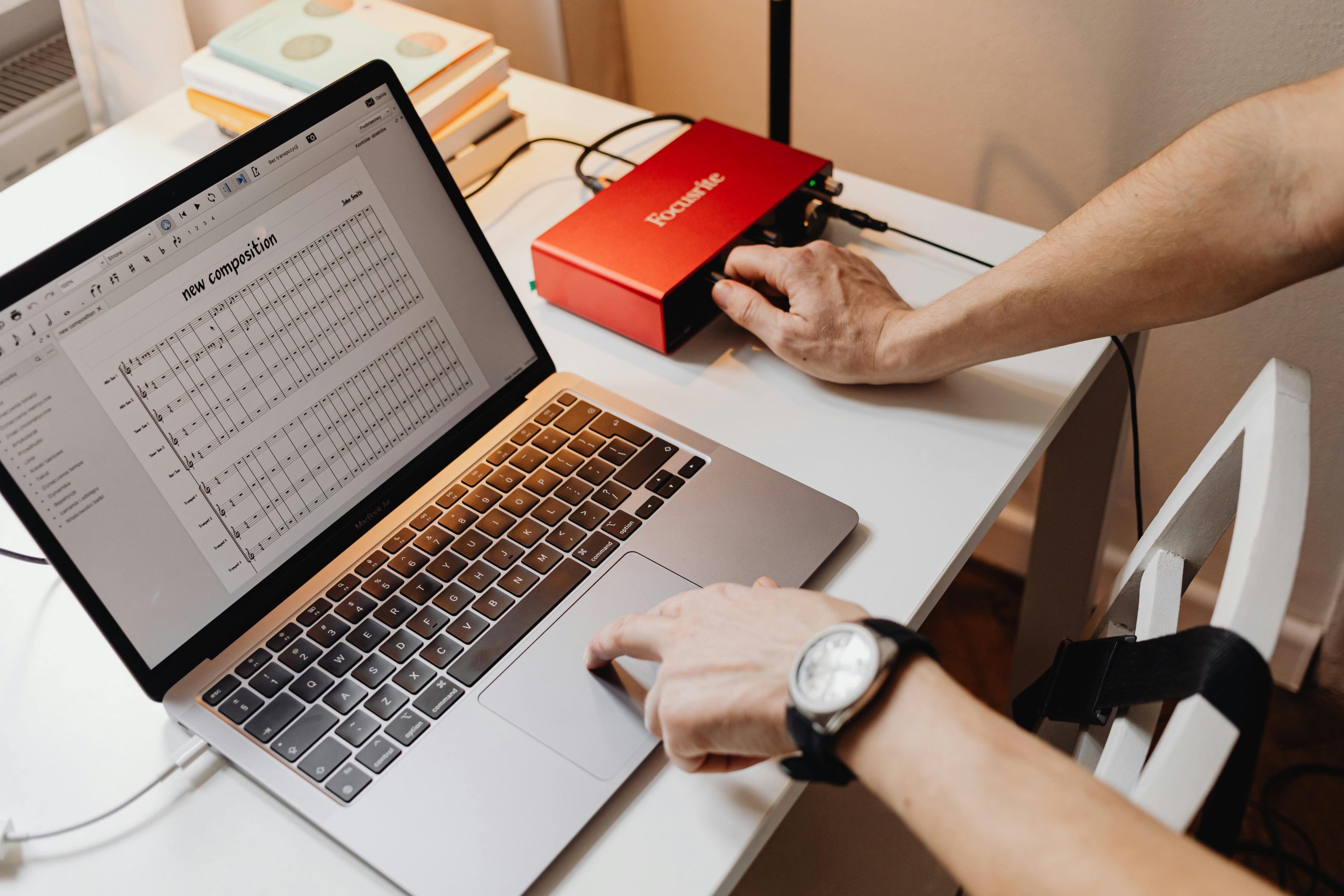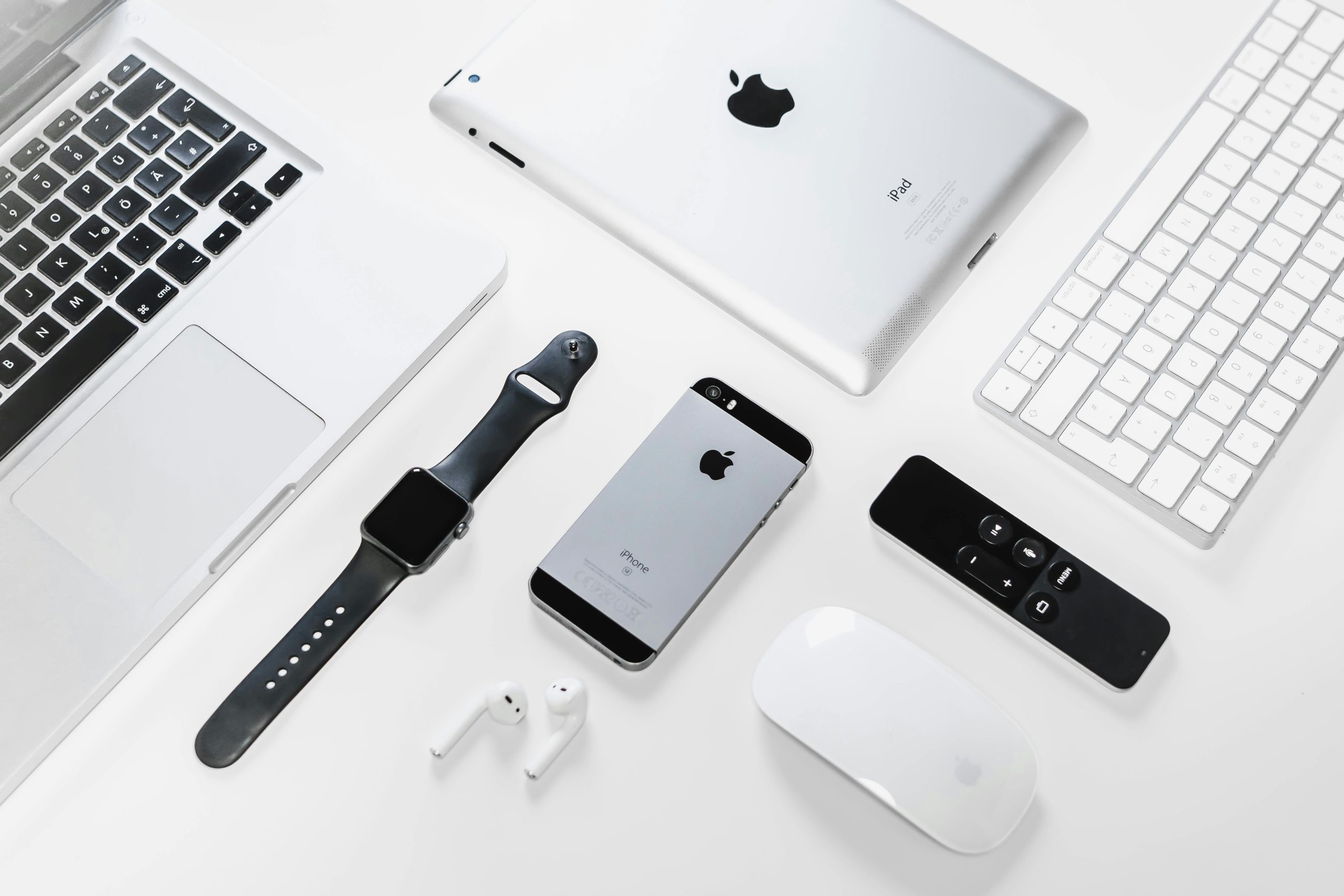How to Screen Record on Mac: A Comprehensive Guide

Screen recording on a Mac has become an essential skill for a wide range of users, from educators and content creators to IT professionals and everyday users looking to share troubleshooting steps. Whether you need to demonstrate software, create tutorials, record a gameplay session, or capture a video call, macOS offers robust built-in tools that make the process straightforward. This guide will walk you through everything you need to know about screen recording on your Mac, covering the primary methods, advanced options, and best practices, all updated with information relevant to current macOS versions.
Understanding macOS Screen Recording Tools
Apple has integrated powerful screen recording capabilities directly into macOS, primarily through the Screenshot toolbar and the QuickTime Player application. These tools are accessible, user-friendly, and offer a surprising amount of flexibility without the need for third-party software in most cases.
The Screenshot Toolbar: Your Quick Access Recorder
Introduced in macOS Mojave, the Screenshot toolbar provides an immediate and intuitive way to capture your screen, including video recordings. It’s the most common and recommended method for most users due to its ease of access and comprehensive options.
Accessing the Screenshot Toolbar
To bring up the Screenshot toolbar, simply press the keyboard shortcut:
- Command + Shift + 5
This action will overlay a control bar at the bottom of your screen, offering various options for capturing screenshots and recording your screen.
Recording Your Entire Screen
To record your entire Mac display:
- Press Command + Shift + 5.
- In the toolbar that appears, click the icon that shows a rectangle with a rounded corner and a record button inside (it typically says “Record Entire Screen”).
- Click the Record button in the toolbar.
- To stop the recording, click the stop button in the menu bar (a circle with a square inside) or press Command + Control + Esc.
Your recording will be saved to your Desktop by default, usually as a .mov file.
Recording a Selected Portion of Your Screen
If you only need to capture a specific area of your screen:
- Press Command + Shift + 5.
- In the toolbar, click the icon that shows a dashed rectangle with a record button inside (it typically says “Record Selected Portion”).
- A resizable selection box will appear on your screen. Drag the handles to adjust the area you want to record.
- Click the Record button in the toolbar.
- To stop the recording, click the stop button in the menu bar or press Command + Control + Esc.
Recording with Audio
By default, screen recordings on macOS do not capture audio. To include audio from your Mac’s microphone or internal system audio, you need to access the toolbar’s options:
- Press Command + Shift + 5.
- Click the Options menu in the toolbar.
- Under the “Microphone” section, select your desired audio input source:
- None: Records without audio.
- Built-in Microphone: Records audio from your Mac’s microphone.
- External Microphones: If you have an external microphone connected, it will appear here.
- You can also choose where to save your recordings from this menu.
- Once your audio source is selected, proceed with recording your entire screen or a selected portion as described above.
Note on Internal System Audio: As of recent macOS updates, directly capturing internal system audio (audio playing from applications) without a third-party tool or specific configuration can be challenging due to security and privacy features. While the “Built-in Microphone” captures external sound, it won’t capture the audio output from your Mac’s speakers or applications. For capturing internal system audio, users often resort to third-party solutions or more advanced configurations involving virtual audio devices.
Additional Options in the Screenshot Toolbar
The Options menu within the Screenshot toolbar offers several other useful settings:
- Timer: Set a delay (5 or 10 seconds) before recording starts, giving you time to prepare your screen.
- Save to: Choose the default location for your saved recordings (Desktop, Documents, Clipboard, Mail, Messages, Preview, or Other Location).
- Show Floating Thumbnail: A small thumbnail of your recording will appear in the corner of the screen after you stop recording. Clicking it allows you to quickly edit or share the video.
- Remember Last Selection: This option keeps your previously selected recording area active for the next recording.
- Show Mouse Clicks: When enabled, a small circle will appear around your mouse cursor whenever you click, which is very helpful for tutorials.
QuickTime Player: A More Traditional Approach
QuickTime Player, Apple’s media playback application, also includes a built-in screen recording feature. While it might feel slightly less immediate than the Screenshot toolbar, it offers a dedicated interface for managing recordings.
Starting a Screen Recording with QuickTime Player
- Open QuickTime Player. You can find it in your Applications folder or search for it using Spotlight (Command + Space).
- From the menu bar, go to File > New Screen Recording.
- A recording window will appear. Click the small down arrow next to the record button to access options for your microphone input (similar to the Screenshot toolbar).
- Click the red Record button.
- You will then be prompted to click anywhere to record the entire screen, or drag to select a portion of the screen to record.
- To stop the recording, click the stop button in the menu bar or press Command + Control + Esc.
Saving and Editing in QuickTime Player
Once your recording is stopped, QuickTime Player will automatically open the recording for playback. From here, you can:
- Trim: Go to Edit > Trim to cut unwanted parts from the beginning or end of your recording.
- Save: Go to File > Save (or Command + S) to save your recording. You can choose the file name and location. QuickTime Player typically saves recordings as .mov files.
Advanced Recording Techniques and Considerations
While the built-in tools are excellent for most tasks, there are advanced scenarios and considerations for achieving professional-quality screen recordings.
Capturing Specific Application Windows
The built-in macOS screen recording tools (both Screenshot toolbar and QuickTime Player) primarily focus on recording the entire screen or a selected rectangular area. They do not have a direct option to record only a specific application window while excluding everything else, including the menu bar or dock if they are within the selected area. If you need to capture just a single application window cleanly, you might need to:
- Use the “Record Selected Portion” option and carefully draw a box around the application window.
- Ensure the application window is maximized and that no other elements overlap it.
- Consider third-party software that offers more granular window-capture capabilities.
Recording Gameplay
For gamers, capturing gameplay often requires more than just basic screen recording. While macOS’s built-in tools can record gameplay, they might not always provide the performance or features needed for high-quality recordings, especially for demanding games.
- Performance: Recording your screen, especially with audio and high frame rates, can consume significant system resources. If your Mac is already struggling with the game, adding screen recording might lead to choppy footage.
- Audio: As mentioned, capturing internal system audio (game sound) can be tricky. Gamers often use tools like OBS Studio or ScreenFlow to capture both game audio and microphone input seamlessly.
- Frame Rate: For smooth gameplay footage, ensure your recording settings match or are close to the game’s frame rate.
While Command + Shift + 5 can record gameplay, for serious gaming capture, exploring dedicated software is often recommended.
Using Third-Party Software
For users who require more advanced features, such as:
- Simultaneous capture of internal system audio and microphone audio.
- More control over frame rates (FPS), bitrates, and codecs.
- Advanced editing tools within the recording software.
- Recording specific application windows without including surrounding desktop elements.
- Scheduled recordings.
- Annotations and drawing tools during recording.
Several excellent third-party applications are available. Some popular and highly-rated options include:
- OBS Studio: A free, open-source, and powerful option widely used for streaming and recording. It offers extensive customization but has a steeper learning curve.
- ScreenFlow: A professional-grade, paid application known for its intuitive interface, powerful editing capabilities, and excellent screen recording features. It’s a favorite among content creators.
- Camtasia: Another professional, paid option that combines robust screen recording with a comprehensive video editor, making it an all-in-one solution for creating tutorials and presentations.
These tools often provide more control over the recording process and the final output quality, making them suitable for professional content creation or complex technical demonstrations.
Best Practices for Screen Recording
To ensure your screen recordings are effective and professional, consider these best practices:
Prepare Your Screen
- Close Unnecessary Applications: This not only reduces system load but also prevents accidental notifications or visual clutter from appearing in your recording.
- Organize Your Desktop: Hide or clear your desktop icons if they are not relevant to the recording.
- Clear Browser Tabs: Close any browser tabs that are not essential for the demonstration.
- Adjust Display Settings: If you’re demonstrating something that requires specific resolutions or scaling, ensure your display settings are configured correctly beforehand.
Audio Quality
Clear audio is often as important as clear visuals.
- Use a Good Microphone: If you’re narrating, use an external microphone if possible. Built-in microphones can pick up background noise.
- Minimize Background Noise: Record in a quiet environment. Turn off fans, close windows, and inform others you are recording.
- Test Your Audio Levels: Do a short test recording to ensure your voice is clear and at an appropriate volume, without clipping or distortion.
Recording Length and Pacing
Keep your audience in mind.
- Be Concise: Avoid unnecessary rambling or lengthy pauses. Get straight to the point.
- Pace Yourself: Speak clearly and at a moderate pace. If demonstrating a process, allow viewers enough time to follow along.
- Break Down Complex Tasks: For longer or more complex tutorials, consider breaking them into smaller, digestible segments.
Practice and Review
Before recording your final version:
- Do a Test Run: Record a short segment to check video quality, audio, and pacing.
- Review Your Recording: Watch your recording to identify any mistakes, awkward pauses, or areas that could be clearer. Make edits as needed.
Troubleshooting Common Issues
While macOS screen recording is generally reliable, you might encounter a few common issues:
No Audio Captured
As previously noted, internal system audio is not captured by default. Ensure you have selected the correct microphone input in the Options menu if you intend to record external audio.
Choppy or Lagging Video
This is usually due to insufficient system resources.
- Close Other Applications: Free up RAM and CPU power.
- Reduce Recording Quality: If using third-party software, try lowering the frame rate or bitrate.
- Check for Software Updates: Ensure your macOS and any recording software are up to date.
Recording Stops Unexpectedly
This can happen if your Mac runs out of storage space or if the system overheats.
- Check Storage Space: Ensure you have ample free disk space before starting a long recording.
- Monitor System Temperature: Avoid recording for extended periods if your Mac feels excessively hot.
Conclusion
macOS provides powerful and accessible tools for screen recording, making it easy for users of all levels to capture their screen activity. Whether you opt for the quick and convenient Screenshot toolbar (Command + Shift + 5) or the more feature-rich QuickTime Player, you have the means to create high-quality video demonstrations, tutorials, and more. By following best practices for preparation, audio, and pacing, you can ensure your screen recordings are professional, informative, and engaging. For advanced users or those with specific needs, third-party applications offer even greater control and functionality.










